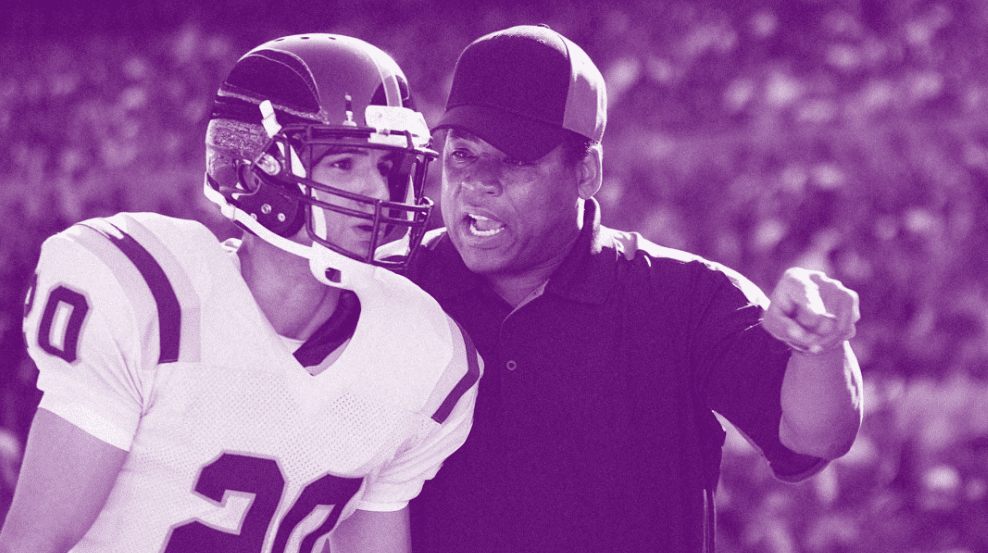When we bring new employees on board, many of us still cling to an outdated mindset, assuming they’ll remain with the company for the next 30 years until retirement, perhaps with a gold watch in hand. Even worse, when we worry about them leaving, we hesitate to invest in their development, fearing they’ll take those enhanced skills elsewhere. This approach isn’t aligned with reality, nor is it conducive to how we should approach employment in the present or future.
What we need to do instead is embrace the mentality of a college football coach.
Making the most of your time together
Even if you aren’t a college football fan, you probably know that most players on a team are eligible for just a few years during their college careers. Similar dynamics exist in other college sports as well.
If a first-year player sits out their first year, called redshirting, and maybe misses time at some point with an injury, they can play for the team for additional time, perhaps four to five years–six years at a maximum.
But star players, destined to play in the professional ranks, might last only two or three years before they are drafted by the National Football League and leave.
For the coach, when a player’s time is up, all they can do is hug the player, wish them the best, and get back to recruiting the next batch of high school players to replace them.
Every college football coach has limited time with the players on their team. Their job as coaches is to optimize that time as much as possible to get the best performance possible from each player and deliver the best results on the field of play.
It turns out that this is exactly how business leaders should think about their employees.
Why investing in people pays
So, how do you realistically approach managing a team of employees you can count on to be a part of your team for only three to six years?
The short answer is: You need to invest in them to get the maximum contribution possible while they are on the team. That means giving them the training and attention they need to quickly become their best selves in the workplace–just as a college football coach would do on the playing field.
When I’ve shared this advice with business leaders, the most common pushback I hear is, “Why should I invest in them if they’re only going to go work for someone else?”
It’s an understandable reaction. After all, it can feel like the investment you make in an employee will be reaped by someone else.
It’s critical to remember that while the company may own the job, the employee owns their career. If you choose not to invest in an employee’s development because you fear they’ll leave you, you’re probably creating the conditions to ensure the employee will leave you.
It reminds me of an old joke involving a CFO and a CEO arguing about whether to train employees or not.
The CFO says: “What if we invest in developing people and they leave?”
The CEO responds, “What if we don’t invest in people, and they stay?”
The point is that if you don’t invest in employees, even if their tenure is just six years, you won’t get their best while on your team. That’s why it makes sense to do everything possible to make every team member as good as possible while in your organization. Who knows, those investments in development might engender some loyalty and be a good investment.
The power of the boomerang
One of the best practices of big consulting companies is celebrating their alums, just as every college does. Organizations like Deloitte and McKinsey have created online alum networks to keep in touch with former employees. They even go so far as to throw parties to help connect their alumni with their current employees.
The message is clear: Even if you played for the team for just a few years, you’re a part of it forever.
Why do they do this? Part of this is a sales and marketing strategy to help ensure that their alums think of their former employer when they need help, as they usually end up in influential positions.
But by not burning bridges with employees who leave, companies can also create the kind of goodwill that can lead to an employee returning to work for you–a phenomenon labeled as a boomerang. This phenomenon might involve a former player returning to help coach the team in college football.
Any time an organization can bring someone back, especially after several years, it is potent and only helps build its brand as an employer of choice.
Building long-term success
Suppose college football coaches like Nick Saban at Alabama can build powerhouse programs that win year after year even though their players last a mere six years at most. Why can’t we learn a lesson and apply some of this thinking to our talent development approach?
In other words, if you’re concerned about the long-term success of your business, it’s time to stop thinking old school and start thinking more like a college football coach.

